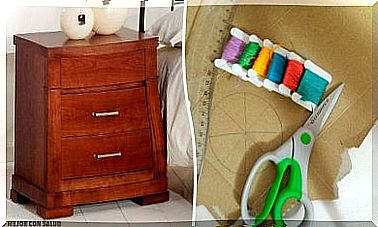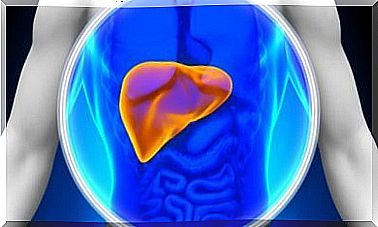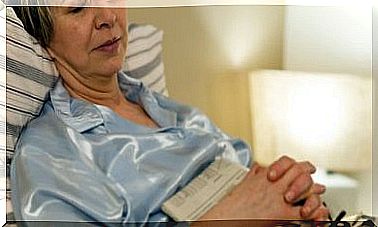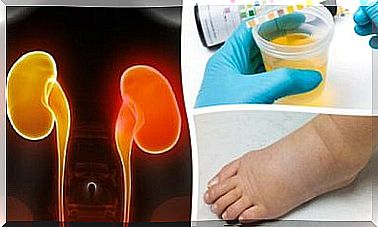Slipping Of The Vertebra (spondylolisthesis) – Symptoms
If a vertebra shifts forward, it is called slipping of the vertebra (spondylolisthesis). Read on to find out what symptoms this condition causes.
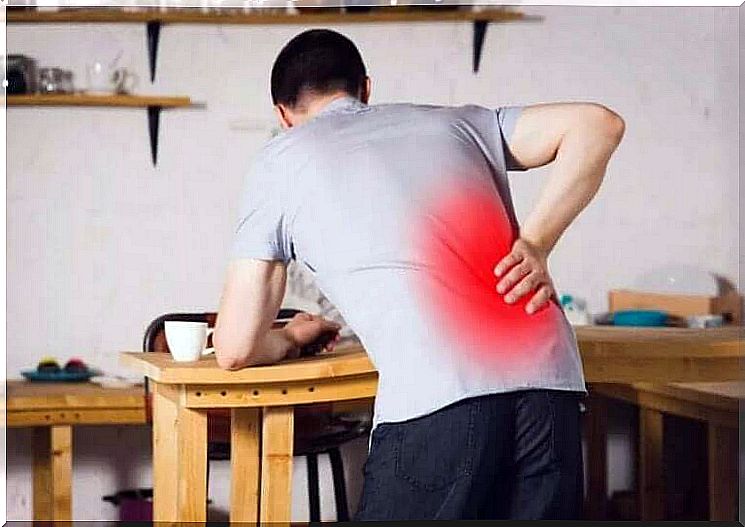
The spondylolisthesis (spondylolisthesis) is a condition so that it rests relating to the displacement of a vertebra directly on the underlying vertebra. Usually this condition affects people over 40 years of age. You may have heard of the terms degenerative, congenital, or isthmic spondylolisthesis. The degenerative form is the most common.
The term was coined by Newman in 1963. There are currently different treatments available depending on the severity of the disease, which we will explain at the end of this article.
What is vortex sliding?
Its symptoms
Usually, vertebral sliding affects the bones of the lumbar part of the back. However, there may be cases when the problem occurs in the middle part of the back. However, this is rather unusual.
Despite the fact that there are various symptoms that can alert you to the presence of this ailment, it is important to mention that many patients do not feel anything. So how can the vortex slip be determined?
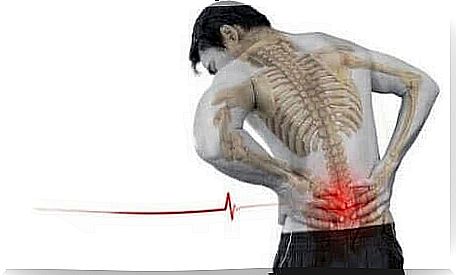
Thus, the spondylolisthesis sometimes goes completely unnoticed, gradually deteriorates and shows more serious symptoms many years later. Below we take a look at some of the symptoms that some people with a spondylolisthesis may experience.
- Back pain: This is the most common symptom and appears to resemble a pulled muscle. It’s a sharp pain that spreads throughout the lower back.
- Weakness in the lower limbs: This may result in you walking with your knees slightly bent and taking short strides. In these cases, it is normal to feel tingling and numbness.
- Tense Achilles tendons: Another symptom of spondylolisthesis is the occurrence of tension in the back of the thigh for no reason. Sometimes cramps also occur.
- Loss of sphincter control: This is an unusual symptom, but some patients may experience it. Sphincter control may be impaired due to the weakness of the lower limbs.
The vortex gliding and its physical manifestations
These symptoms aren’t the only ones that can alert you to the presence of this condition. The following is a list of other physical symptoms that could be a sign of this condition:
- The belly is bulging.
- The upper body appears shorter.
- Curves (a kind of sagging) form in the lower back.
These physical manifestations are easy to miss. However, if you do take care of it, you can take it to your doctor for an x-ray. This is the most important test in detecting this condition and the doctor can clearly see if a vertebra is displaced.
In some cases, the doctor may request more specific tests, such as a computed topography or an MRI scan. With these additional tests, he can see more clearly whether there is spondylolisthesis and whether bones and nerves are affected.
Complications of sliding vertebrae

In addition to the symptoms presented, the disease is associated with possible complications that can have serious effects on the quality of life of those affected. For example, persistent back pain can lead you to adopt a sedentary lifestyle, which in turn leads to weight gain.
Inactivity also promotes the loss of elasticity and muscle strength as well as bone density.
Another consequence of vortex slip is stiffness. A rather serious complication is permanent damage to the nerve on which the gliding vertebra is pressing.
Despite all of this, there are different treatment options. The most conservative option is physiotherapy, which involves strengthening the back area and correcting posture. In other cases, however, surgery may be necessary. This allows doctors to put the slipped vertebra back in place and secure it with screws so that it doesn’t shift again.
We recommend that you see a doctor immediately if you have back problems, especially if they occur on a daily basis. Likewise, it is important to adopt the correct postural habits to avoid or at least reduce these types of problems if they are not innate.


